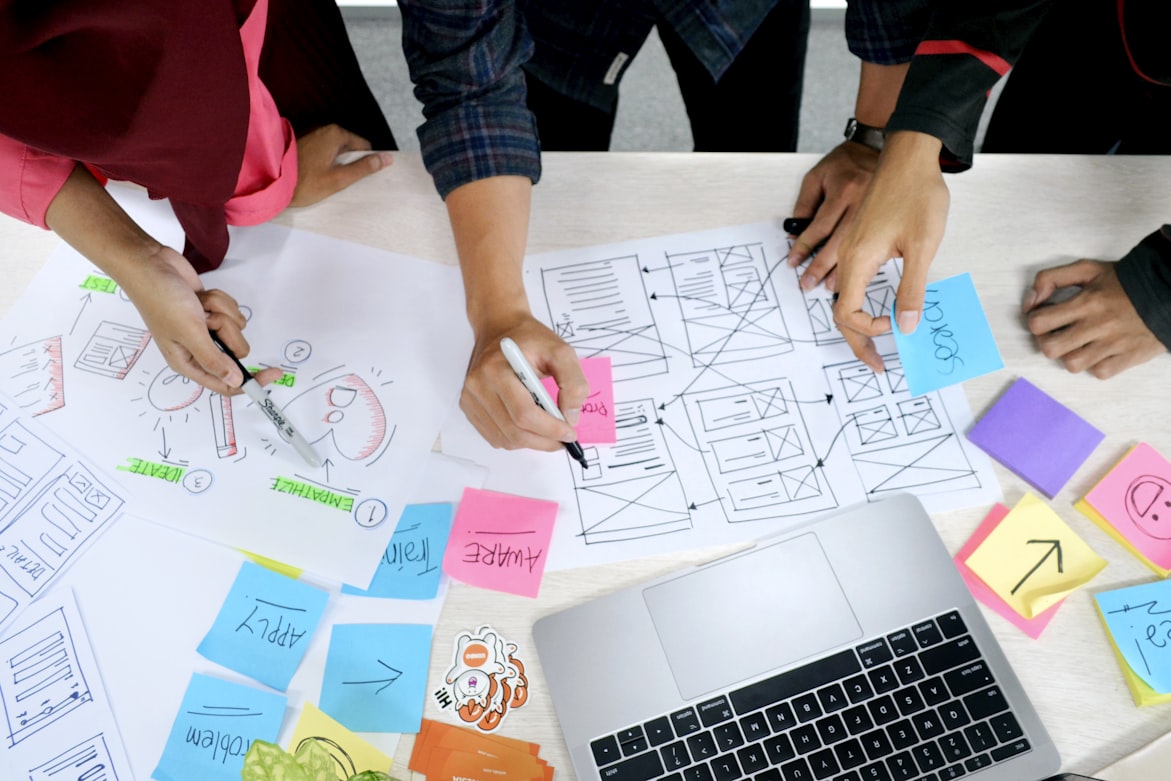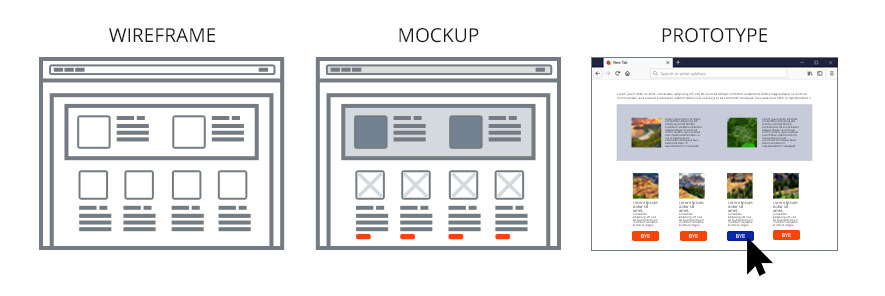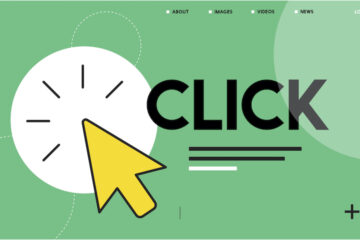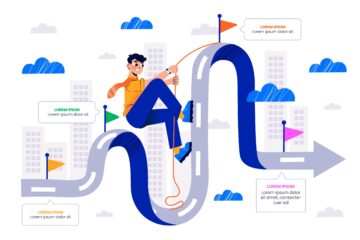

Power of Prototyping: Streamlining UX Design Iterations
Introduction:
Prototyping is a powerful tool in the realm of user experience (UX) design. It allows designers to bring their ideas to life, test concepts, gather valuable feedback, and iterate on designs before the development phase. In this blog post, we will explore the immense power of prototyping in streamlining UX design iterations and creating exceptional user experiences.
What is Prototyping
Prototyping involves creating interactive, low or high-fidelity representations of a digital product or interface. These prototypes simulate the user experience and provide a tangible way to test and refine design concepts. Prototypes can range from simple paper sketches to interactive wireframes or even fully functional simulations, depending on the needs and goals of the design process.

Accelerating Design Iterations:
Prototyping expedites the design iteration process by enabling designers to quickly visualize and test different ideas. Rather than relying solely on abstract discussions or static mockups, prototypes allow designers to validate assumptions, explore alternative solutions, and identify potential usability issues early on. This iterative approach saves time and resources by reducing the need for extensive redesign during later stages.

Gathering Valuable User Feedback:
Prototypes facilitate user testing and feedback gathering, providing invaluable insights into user preferences, pain points, and usability concerns. By observing users interact with a prototype, designers can identify areas of confusion, friction, or delight. These user insights inform iterative design improvements, ensuring that the final product meets user expectations and delivers a seamless user experience.

Enabling Collaboration and Communication:
Prototypes serve as a shared language among designers, stakeholders, and development teams. They facilitate effective communication by providing a tangible representation of the design vision, allowing for clearer discussions and better alignment. Prototypes can also bridge the gap between designers and developers, ensuring that design intent is accurately translated into the final product.

Reducing Risk and Uncertainty:
Prototyping mitigates risks associated with design decisions by allowing designers to explore and validate ideas early in the process. It helps identify usability flaws, technical limitations, and other potential challenges before investing significant time and resources into development. By addressing these issues during the prototyping phase, designers can save time, minimize costly rework, and ensure a smoother development process.
Encouraging Iterative Refinement:
Prototyping encourages a culture of continuous improvement and refinement. Designers can iterate on their prototypes based on user feedback, design reviews, and evolving requirements. This iterative approach promotes an ongoing cycle of learning, testing, and refining, resulting in a final design that is finely tuned and optimized for an exceptional user experience.
Prototyping is an influential method that streamlines UX design iterations, fosters collaboration, and expedites the entire design process. Through harnessing the potency of prototyping, designers can visually manifest their ideas, amass precious user feedback, and execute well-informed design choices. From identifying usability concerns to validating design concepts, prototyping empowers designers to forge user-centric experiences that fulfill user requisites and anticipations. Embrace the formidable influence of prototyping within your UX design process, and behold the transformative influence it can exert on the caliber and triumph of your digital products.



